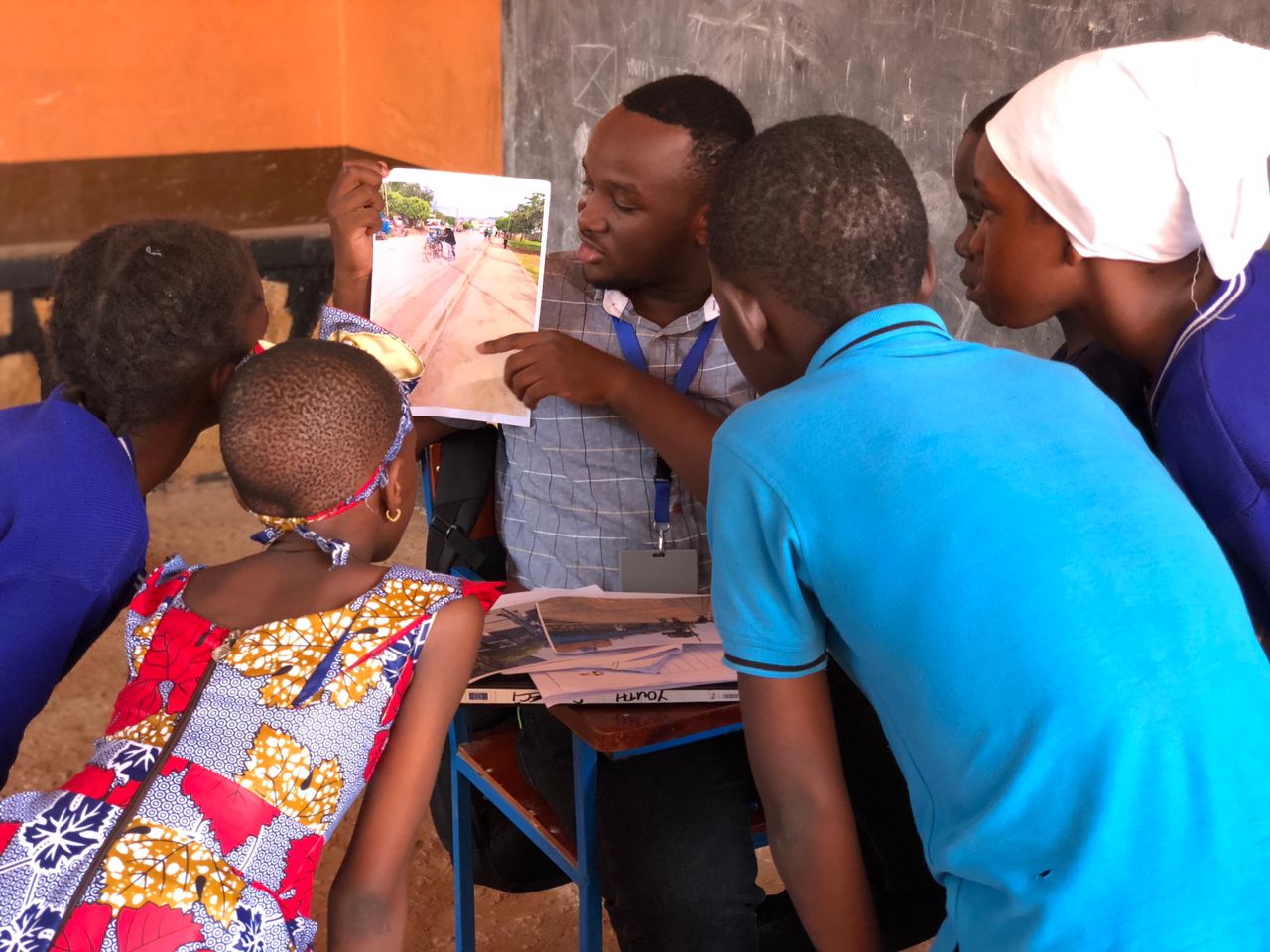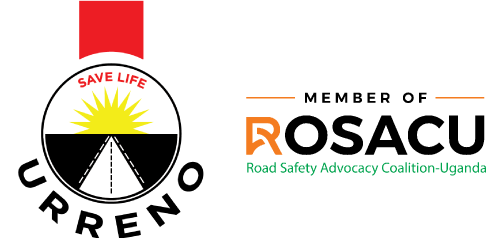Program Overview
Non-motorized transport (NMT) in Uganda involves mainly walking, carrying and bicycling. Non-motorized transport also includes animal-drawn carts, pack animals, hand carts, wheelbarrows, wheelchairs, human-powered tricycles, canoes and non-motorized boats. These forms of NMT are all very important to certain people but are not as widespread as walking and bicycling.
Despite increasing motorization in Uganda, the non-motorized transport modes taken together are still the main means of transport in the country. Walking is the single most important form of transport in both rural and urban areas. Bicycling has long been widespread in rural Uganda and continues to provide a safe, efficient, healthy and sustainable means of transport for large numbers of people.
The majority of people of Uganda do not use motorised transport on a daily basis, but depend on walking, carrying and perhaps the use of bicycles for their basic livelihoods and access requirements. Walking and bicycles are extremely important for rural people to access water, fuel wood, fields and livestock, education, health and work.
Increasing motorization, combined with some inadequately maintained infrastructure, has made non-motorized transport unsafe, in both urban and rural areas. The needs of NMT are routinely omitted from the designs of road improvements. Road accidents adversely affect NMT users, especially pedestrians and cyclists.
More and more cities are now realizing the benefits of NMT and are designing policies, programs and projects to accommodate NMT needs. Not only does this lead to more sustainable transport, but it also provides a strong impetus towards improved urban environments.
Uganda can stand to learn from urban initiatives elsewhere, and at the same time, the Government wishes to protect and enhance rural NTM mobility and safety.

